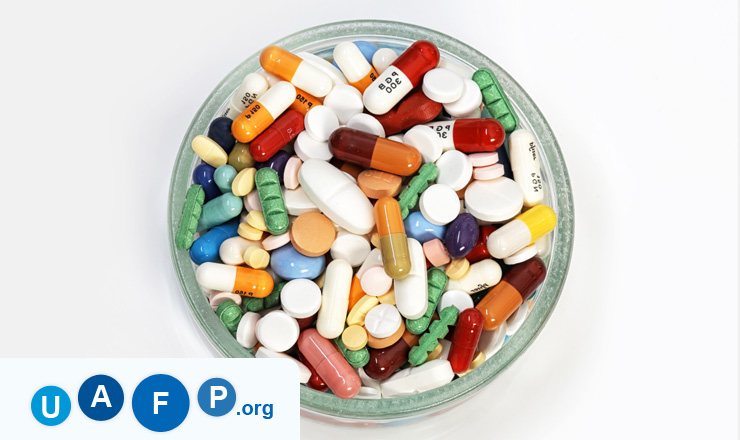What is a medicinal product? What does it consist of

A drugs, preparations, medicines is a substance or a complex of substances of synthetic or natural origin in a certain dosage form, used for prevention, treatment of diseases, for diagnosis and care. Drugs are studied by pharmacology and pharmacy, and drugs of plant origin - pharmacognosy.
Classify medicines according to various features, such as chemical structure (groups of drugs, similar in structure), origin (natural and synthetic mineral), by nosological principle (for the treatment of a strictly defined disease), by dosage form and method of administration, etc . However, the broadest classification is the classification by pharmacological group, i.e. by the therapeutic effect of the drug.
A little about the composition of the drugs. Who is in charge and how does it work?
Surely, each of us, when buying a drug prescribed by a doctor (or when selecting an over-the-counter group by a pharmacist in a pharmacy), wondered what the drug consists of. Opening a paper or electronic version of the instruction - the first thing we see is the composition of the drug, where the names of the active ingredient and dosage, as well as a list of auxiliary substances.
Of course, the key to success in any process, along with the proper conditions, is a well-functioning teamwork. This is how drugs "work". What is the team and what is the role? The leader (there can be several) and helpers to achieve a certain expected therapeutic effect are the active substance and excipients.
What is an active substance
An active substance (pharmacologically active substance) is any one or more substances that are used to make a medicinal product.
If there is more than one active substance in a medicinal product, then such a drug is called a combination drug. The most striking representative of combined preparations are multivitamins, where the active ingredients may be two or more than ten. Widely used combined drugs for the treatment of arterial hypertension, cholesterol reduction, diabetes mellitus, to eliminate the symptoms of colds, etc.
But if a drug has an active ingredient, what is the role of excipients?
What is an excipient and what is its help?
An excipient is a substance of natural (organic or inorganic) or synthetic origin which, in addition to the main substance, is part of the preparation and is used for the production of medicines and, in particular, for giving them the appropriate form and a number of other necessary properties. Here are some examples of such substances: drinking water, starch, glucose, talc, aerosil, paraffin, cocoa butter, ethyl alcohol, vaseline. Auxiliary substances can perform the role of stabilisers, emulsifiers, thickeners, preservatives, carriers (in ointments and suppositories), dyes, etc.
There are certain requirements for such substances:
- must necessarily be chemically or physicochemically compatible with medicinal substances, closures, packaging materials; i.e. be chemically indifferent;
- exhibit appropriate pharmacological action of the medicinal product taking into account its pharmacokinetics;
- be biologically safe and compatible with body tissues, not to cause toxic effects and allergies;
- provide the dosage form with the required properties, ensuring bioavailability, and should not adversely affect the properties of the drug, such as taste, odour, colour, etc.
- be sterilisable, i.e. clean from microbial contamination of medicinal products;
- be affordable.
The question of finding and proper selection of an excipient in the technology of medicinal preparations remains topical to this day.
To summarise, it should be noted that an effective drug is one that contains an optimal combination of active and indifferent substances, which is aimed at achieving the desired therapeutic effect.




